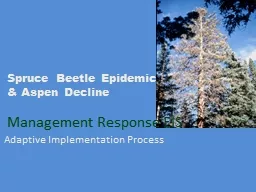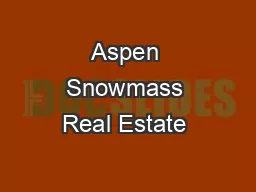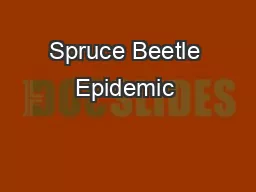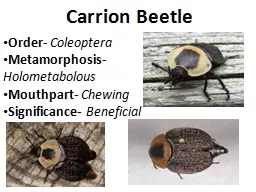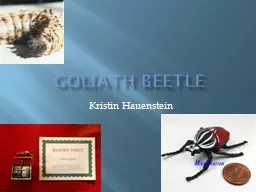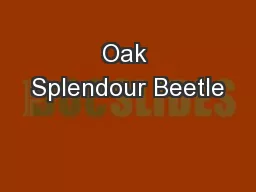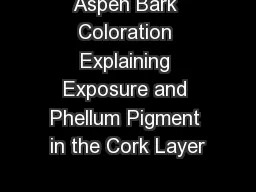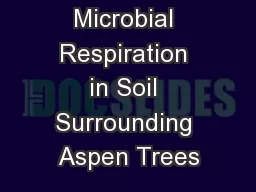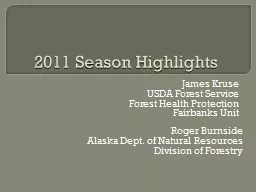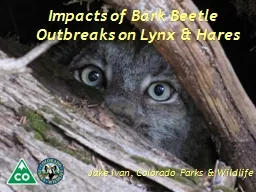PPT-Spruce Beetle Epidemic & Aspen Decline
Author : limelighthyundai | Published Date : 2020-06-19
Management Response EIS Adaptive Implementation Process Outline Overview of the Process Tools in the tool box Example how the process will work Indicators Thresholds
Presentation Embed Code
Download Presentation
Download Presentation The PPT/PDF document "Spruce Beetle Epidemic & Aspen Decl..." is the property of its rightful owner. Permission is granted to download and print the materials on this website for personal, non-commercial use only, and to display it on your personal computer provided you do not modify the materials and that you retain all copyright notices contained in the materials. By downloading content from our website, you accept the terms of this agreement.
Spruce Beetle Epidemic & Aspen Decline: Transcript
Download Rules Of Document
"Spruce Beetle Epidemic & Aspen Decline"The content belongs to its owner. You may download and print it for personal use, without modification, and keep all copyright notices. By downloading, you agree to these terms.
Related Documents

